I can't stop looking at plants in Red Dead Redemption 2
On the astonishing attention to vegetation in the biggest video game of the year
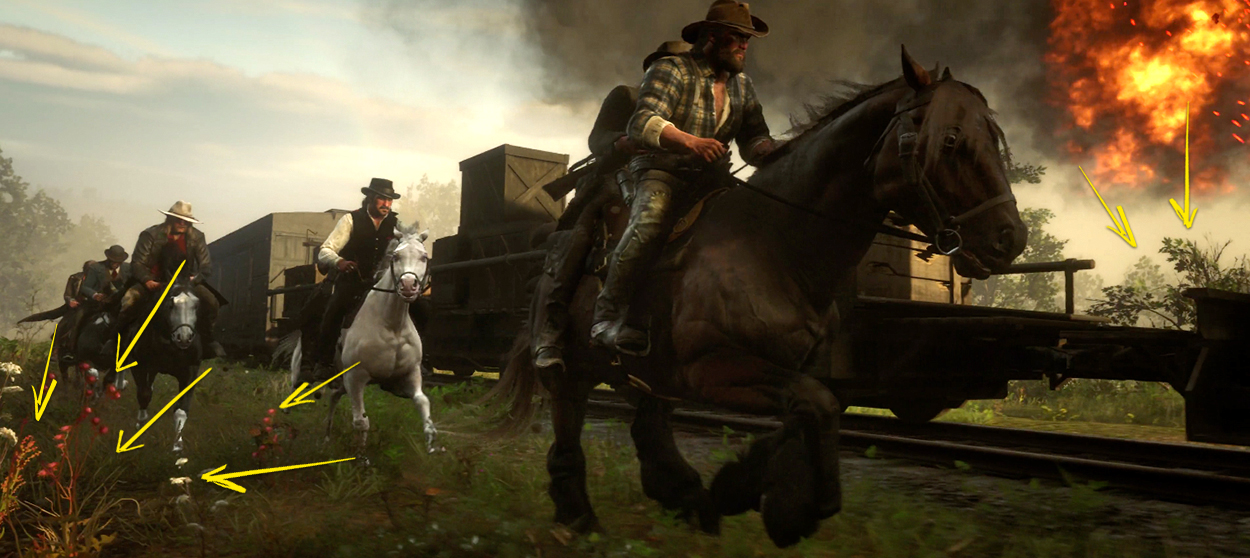

A tree stumped me yesterday. Scrolling through my photo roll, I had paused to hover over an image of a hillside, taken somewhere in the Sierras, possibly. The picture was captured from a distance; I couldn't tell if the needles on the trees were short or long, the tell-tale difference between a fir and a pine. The trunks looked reddish, though — Douglas firs? No, the branches didn't seem droopy enough. Jeffrey pines? Possibly. Frustrated, I resorted to texting my arborally inclined dad: "Any idea what these are?" His reply: "Probably Ponderosa pine. Not redwoods or sequoias."
The part I hadn't bothered including: It wasn't really a photograph at all. It was a screenshot from Red Dead Redemption 2.
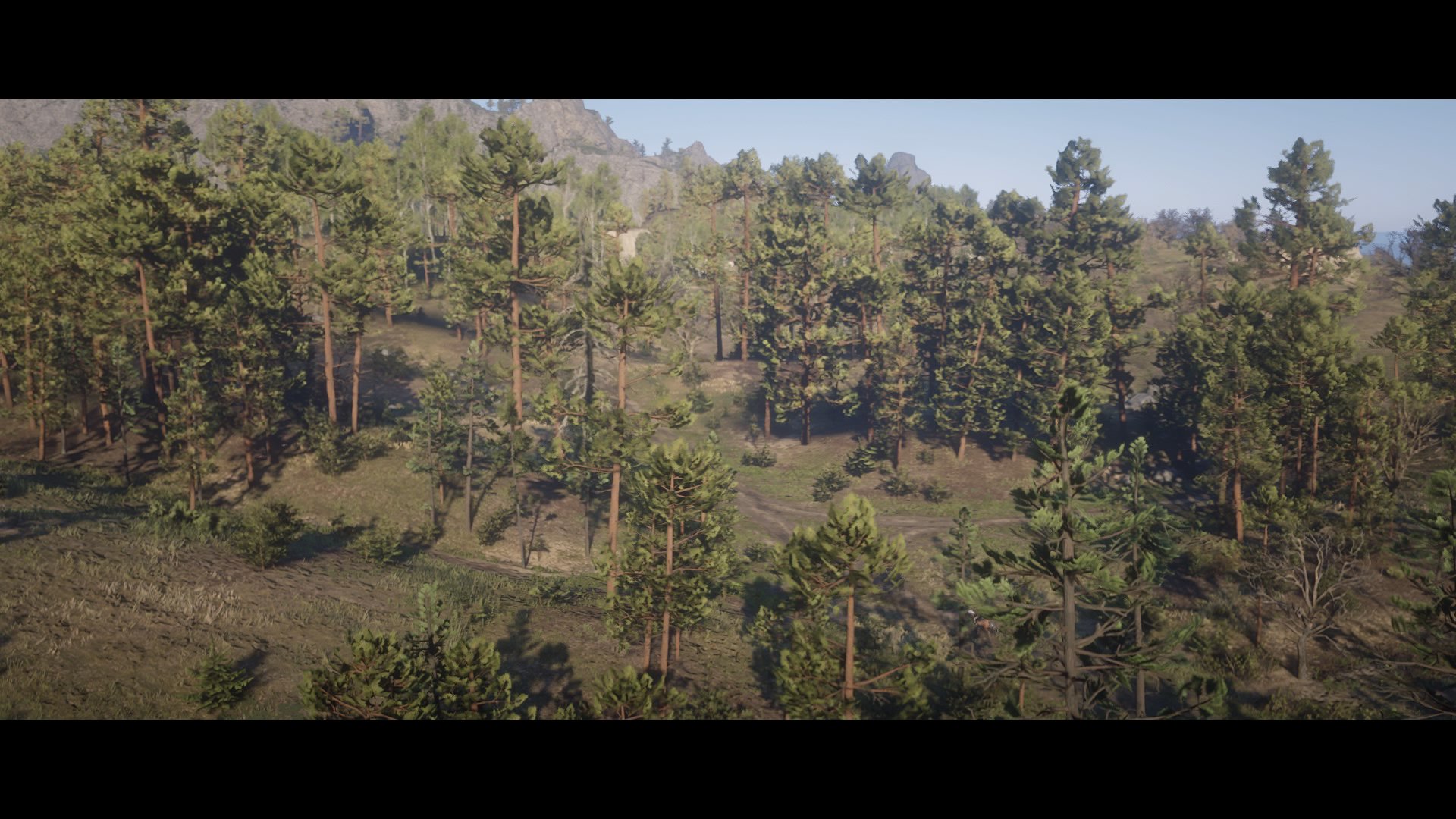
(Screenshot/Red Dead Redemption 2)
The Week
Escape your echo chamber. Get the facts behind the news, plus analysis from multiple perspectives.

Sign up for The Week's Free Newsletters
From our morning news briefing to a weekly Good News Newsletter, get the best of The Week delivered directly to your inbox.
From our morning news briefing to a weekly Good News Newsletter, get the best of The Week delivered directly to your inbox.
Boasting the biggest opening weekend in the history of entertainment as well as the honor of being considered the "most realistic video game ever made," Red Dead Redemption 2 still took me by surprise when I got ahold of it earlier this week. I'd known to expect a "titanic" and "historically accurate" open-world version of the southwestern United States as experienced through the eyes of an outlaw gang, complete with "very good horses," a "complex ecosystem" inhabited by 200 species of animals, and photorealistic people equipped with complicated personalities, fragile egos, and quick tempers.
What I hadn't been anticipating was the euphoria I'd get from the plants. I mean, just look at them:
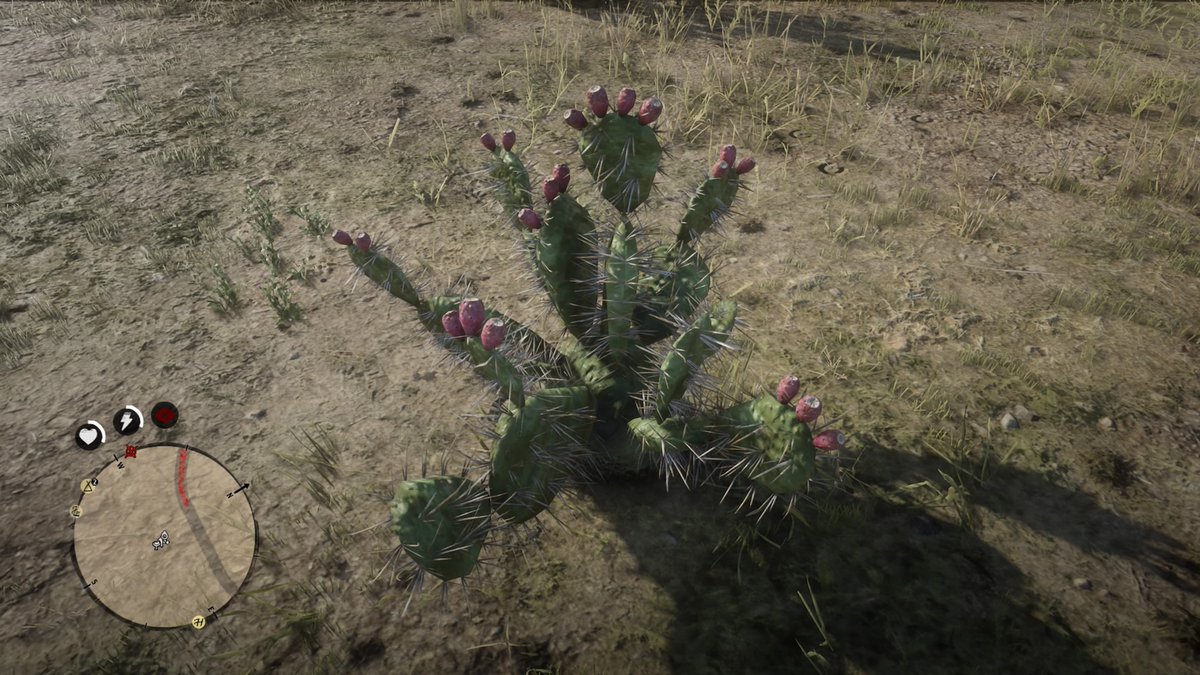
(Prickly pear | Screenshot/Red Dead Redemption 2)
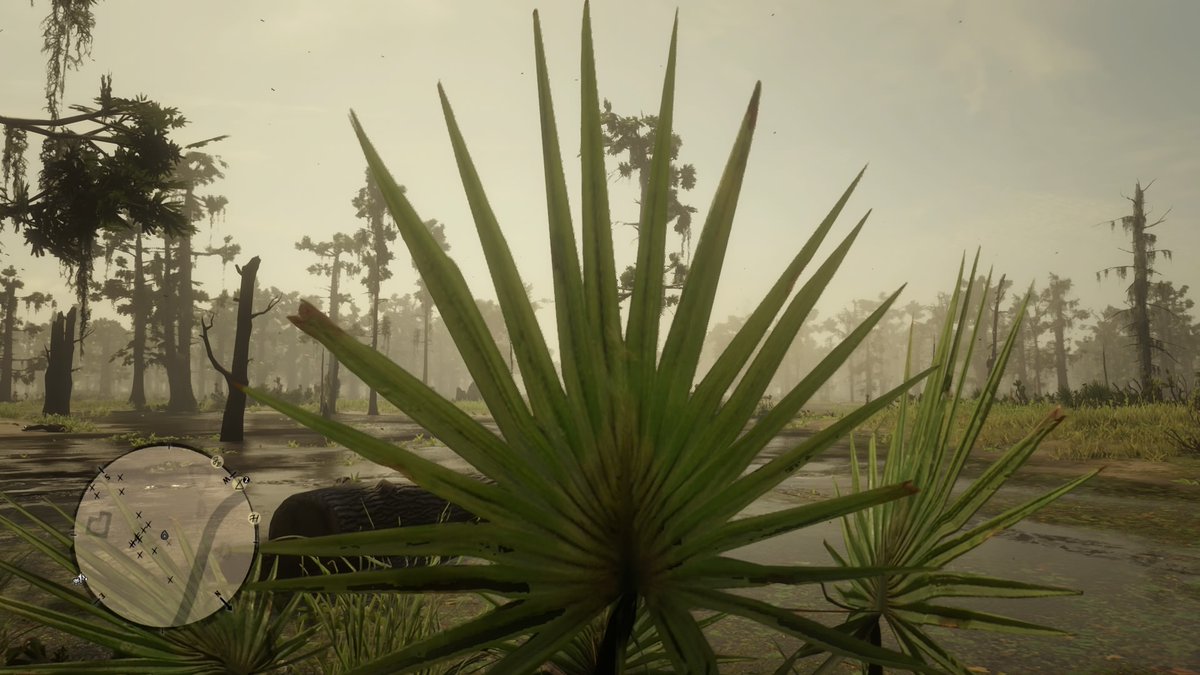
(Dwarf palmetto | Screenshot/Red Dead Redemption 2)
A free daily email with the biggest news stories of the day – and the best features from TheWeek.com
(Wild carrot, one of the plants used in potions | Screenshot/Red Dead Redemption 2))
There is, of course, an in-game reason for players to be invested in Red Dead's vegetation. You can forage for food and medicine for your character the way you might have in Oregon Trail, complete with needing to discern poisonous plants. In total, there are 43 identifiable plants in the protagonist's compendium, including desert sage, blackberry, tobacco, wild carrot, parasol mushroom, and yarrow. You can even partake in a number of "herbalist challenges," which involve tasks like picking and eating four species of berries. I found myself absorbed by these peaceful quests, particularly notable for a game about a ruthless, gunslinging outlaw. Instead of shooting another deer (or person), you are given the opportunity to slow down and test out your green thumb or sketch a little plant in your journal:
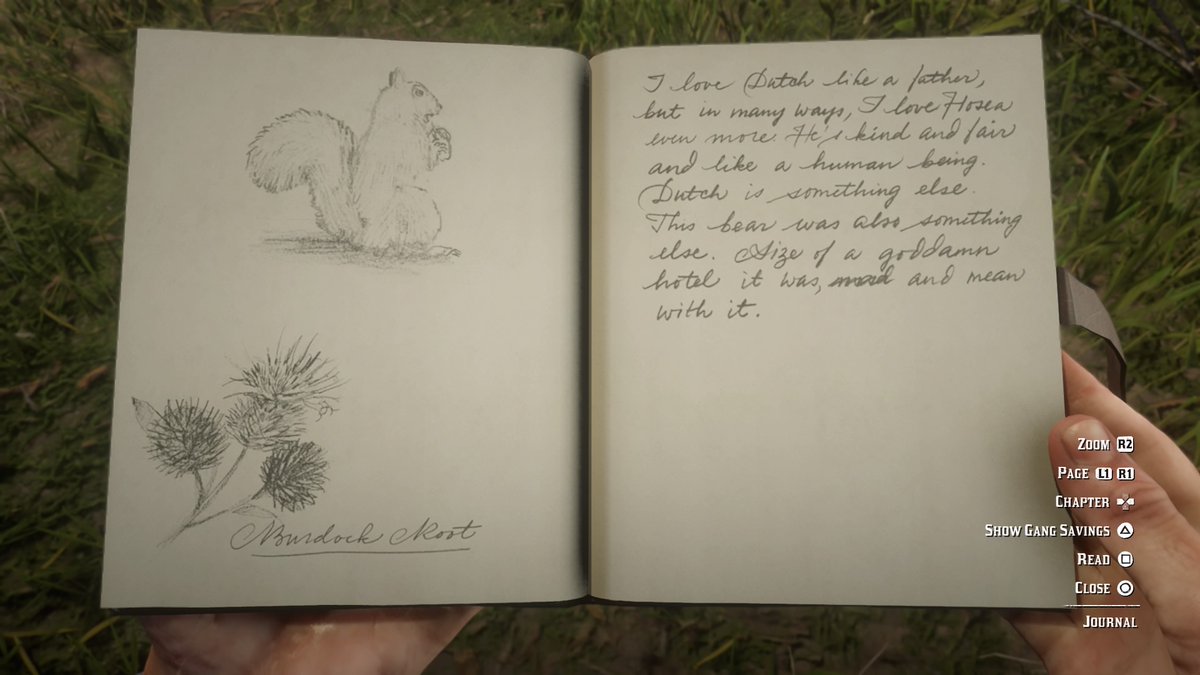
(A sketch of burdock | Screenshot/Red Dead Redemption 2)
Because of the level of specificity in Red Dead, it's easy to lose yourself in the world around you, if just for the sake of looking at all the details. The vegetation in Red Dead isn't just used as a regional indicator, with saguaro cactus appearing as you head south toward the Rio Grande's in-game twin, the "San Luis River," and Spanish moss covering trees in the bayous of Lemoyne, an approximation of Louisiana. The plants are also altitude specific: Oaks and sycamores and willows grow in the lowlands, while you find pines, firs, and aspen as you climb into the mountains.
Perhaps most impressive of all is the seeming uniqueness of every plant, even within species. There is none of the uniformity that makes other games' foliage an afterthought or backdrop. Dead snags are mixed into the forests, joining fallen trees and logs and saplings. Rodents scramble into the hollows of trunks; brush gets thicker in desert ravines, where there would be more water. Plains grasses grow in amorphous patches, the sort of which frustrate the efforts of home gardeners. Identifying these plants isn't like looking at images in a textbook copy-and-pasted across the landscape. Instead, peering at the broken branches of a tree or a bush with a rotten limb is like trying to identify them, and all their uncooperative mutations, in real life.
This led me, perhaps a little obsessively, to attempt to interrogate every part of the world in Red Dead, even the parts you aren't directed to interact with. I downloaded a real pocket guide to sagebrush this week on a failed expedition to figure out what bush dots the hills of Twin Stack pass (could it be Artemisia tridentata ...?). As entertaining as it is, though, to navigate the flora of the regions I'm most familiar with — the forests of California, the valleys of Arizona — it's just as fascinating to plunge into environments I only know from the game. I've never been to the bayous of Louisiana, for example, but I've become obsessed with their trees:
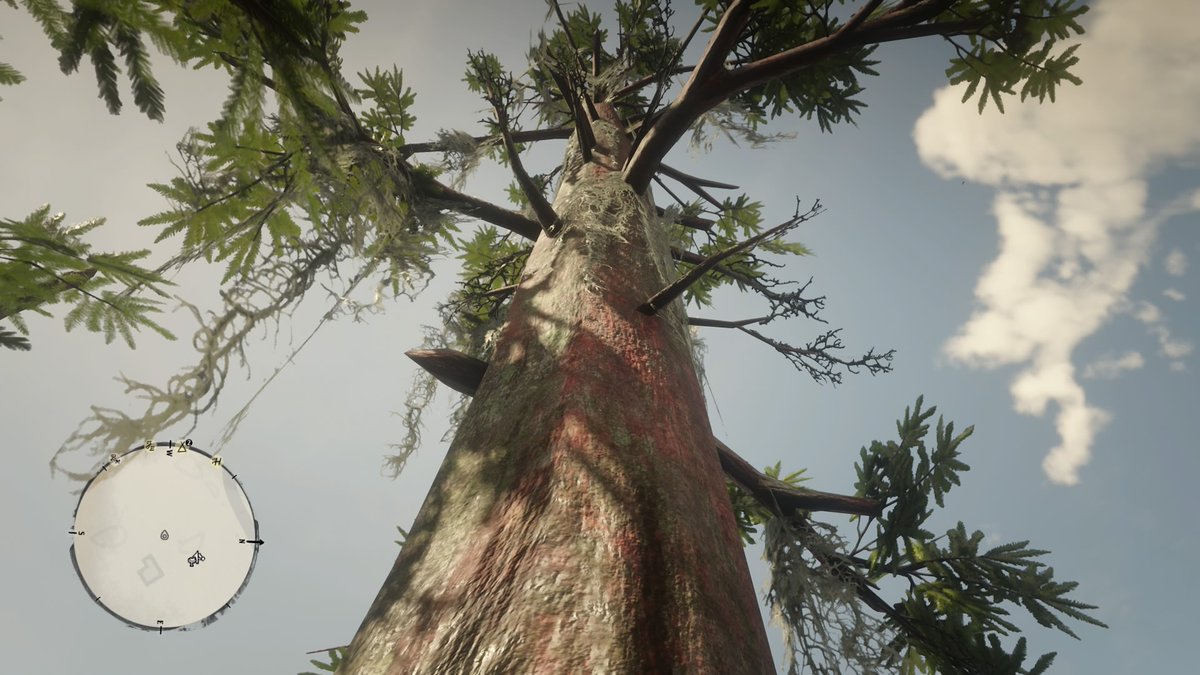
(A bald cypress | Screenshot/Red Dead Redemption 2)
The attention to vegetation serves a deeper purpose than just its modest role in establishing the realism of Red Dead Redemption 2. After all, why spend eight years ensuring every landscape is utterly unique, every fallen twig exact? Certainly it wasn't for people like me, who wander around with the first-person view turned on so they can better appreciate the minutiae of digital bark.
No — I like to think the creators of Red Dead Redemption 2 are just as enchanted by the American wilderness as I am. Why else spend painstaking hours studying the ridges of Colorado, the highlands of Arizona, the banks of the Rio Grande? Instead of taking liberties with the natural world to make an enjoyable game, Red Dead embraces what already exists. The result is a breathtaking masterpiece, as stupidly beautiful as the country we live in.
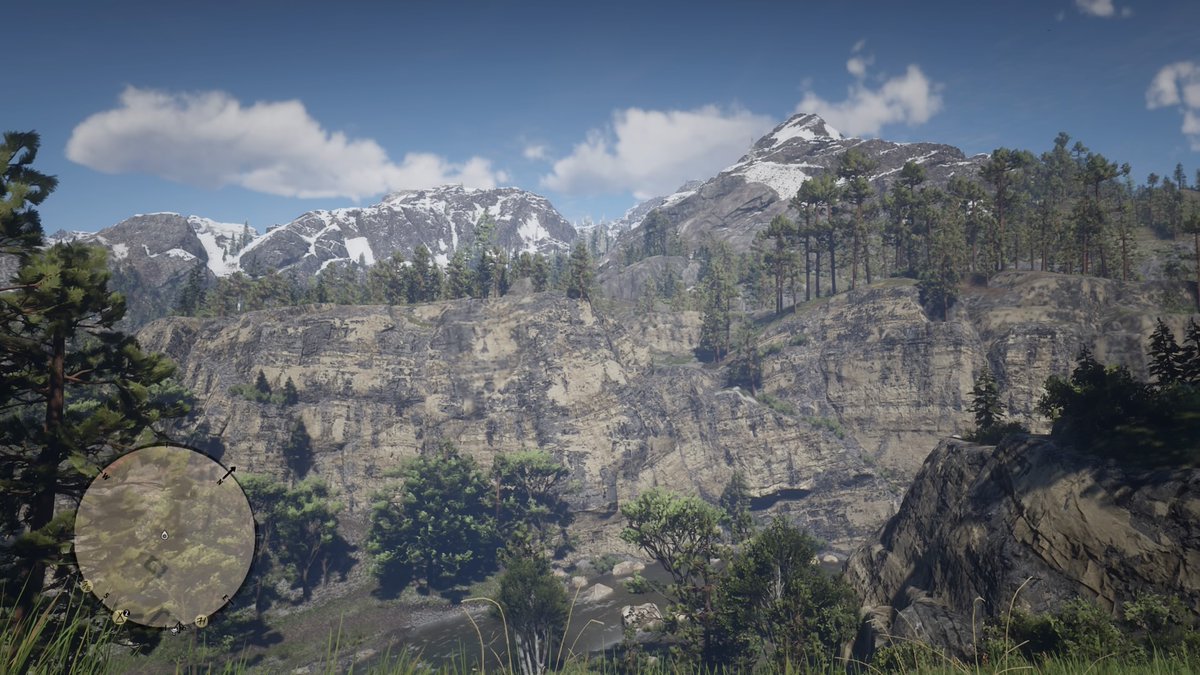
(Screenshot/Red Dead Redemption 2)
Only on the outskirts of boom towns in Red Dead do you begin to encounter lines of cut-down trees or smokestacks signaling a nation on the cusp of the Industrial Revolution — and you begin to mourn the toll that progress takes on the natural world.
It's a reminder that it's worth stopping to look at that anonymous bush on the side of the road every now and then. That it has a name and place in the world. And that it might just bring you a moment of wonder to learn what it is.
Jeva Lange was the executive editor at TheWeek.com. She formerly served as The Week's deputy editor and culture critic. She is also a contributor to Screen Slate, and her writing has appeared in The New York Daily News, The Awl, Vice, and Gothamist, among other publications. Jeva lives in New York City. Follow her on Twitter.
-
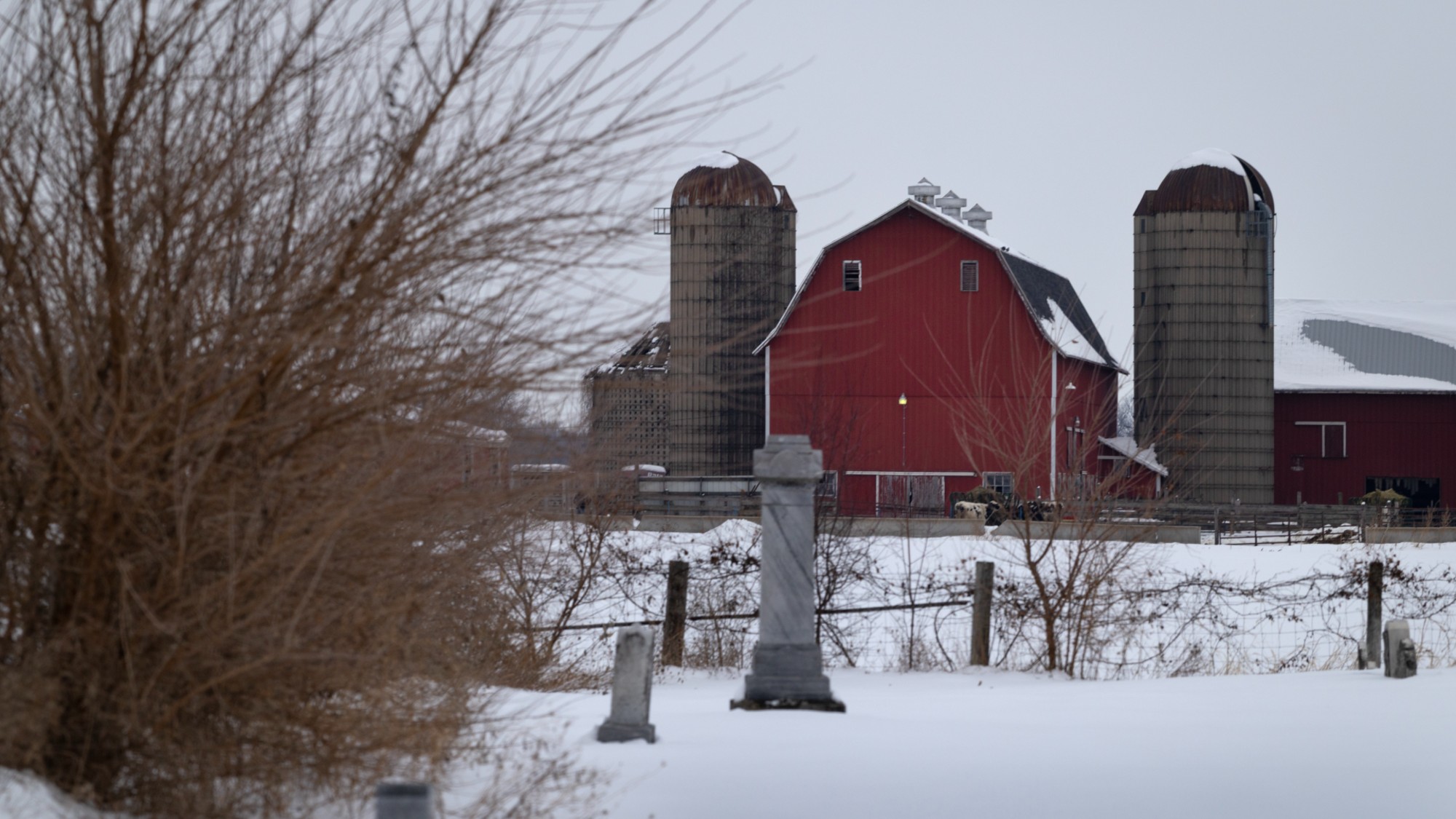 Will Trump’s $12 billion bailout solve the farm crisis?
Will Trump’s $12 billion bailout solve the farm crisis?Today’s Big Question Agriculture sector says it wants trade, not aid
-
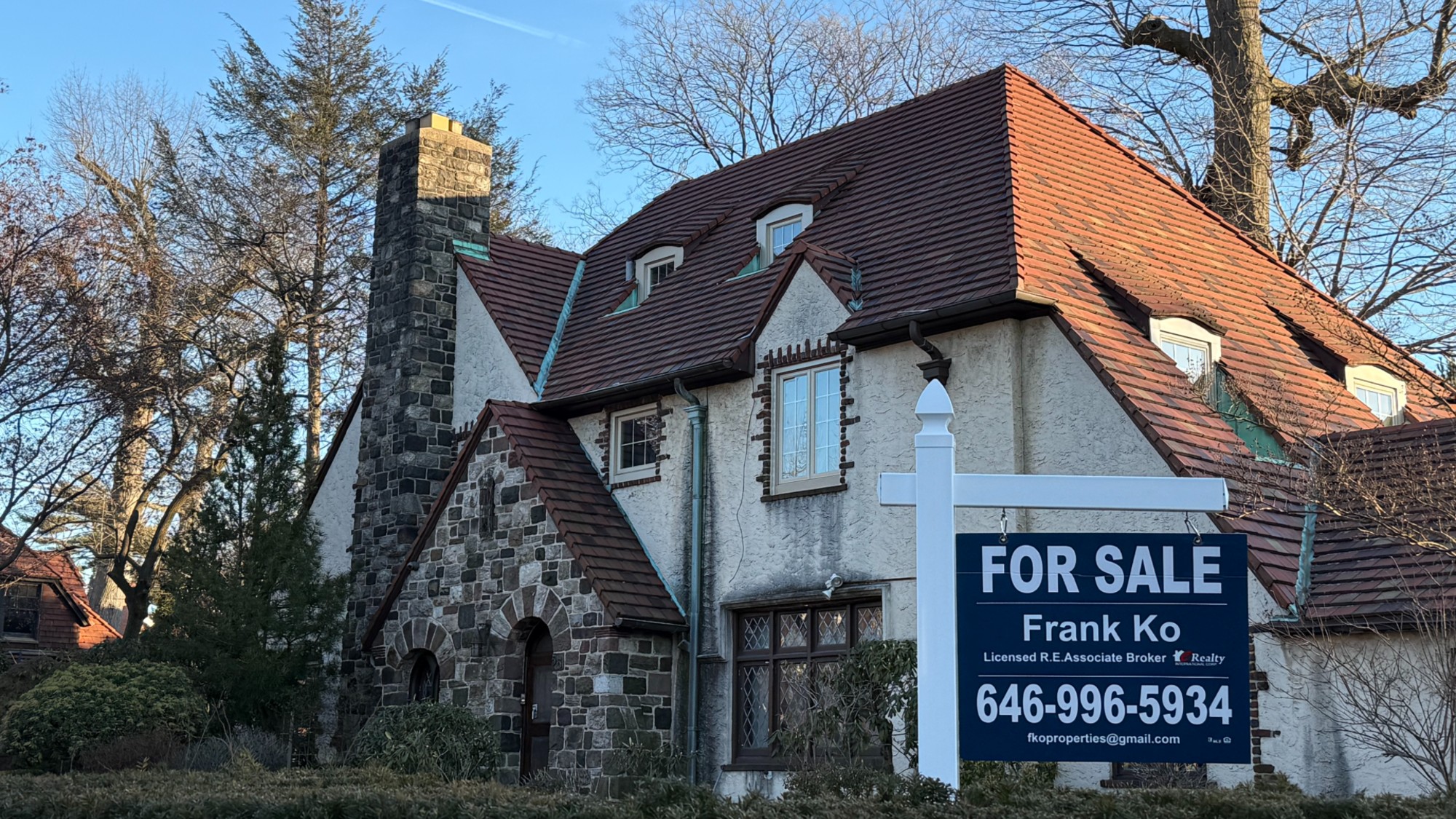 ‘City leaders must recognize its residents as part of its lifeblood’
‘City leaders must recognize its residents as part of its lifeblood’Instant Opinion Opinion, comment and editorials of the day
-
 10 upcoming albums to stream during the winter chill
10 upcoming albums to stream during the winter chillThe Week Recommends As the calendar turns to 2026, check out some new music from your favorite artists
-
 Walter Isaacson's 'Elon Musk' can 'scarcely contain its subject'
Walter Isaacson's 'Elon Musk' can 'scarcely contain its subject'The latest biography on the elusive tech mogul is causing a stir among critics
-
 Welcome to the new TheWeek.com!
Welcome to the new TheWeek.com!The Explainer Please allow us to reintroduce ourselves
-
 The Oscars finale was a heartless disaster
The Oscars finale was a heartless disasterThe Explainer A calculated attempt at emotional manipulation goes very wrong
-
 Most awkward awards show ever?
Most awkward awards show ever?The Explainer The best, worst, and most shocking moments from a chaotic Golden Globes
-
 The possible silver lining to the Warner Bros. deal
The possible silver lining to the Warner Bros. dealThe Explainer Could what's terrible for theaters be good for creators?
-
 Jeffrey Wright is the new 'narrator voice'
Jeffrey Wright is the new 'narrator voice'The Explainer Move over, Sam Elliott and Morgan Freeman
-
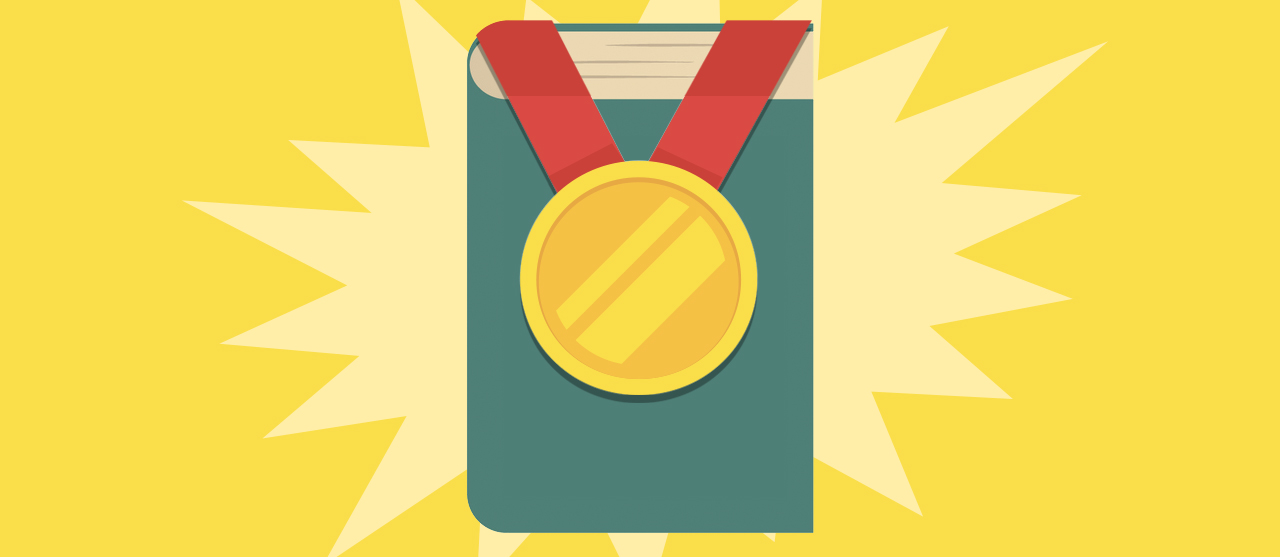 This week's literary events are the biggest award shows of 2020
This week's literary events are the biggest award shows of 2020feature So long, Oscar. Hello, Booker.
-
 What She Dies Tomorrow can teach us about our unshakable obsession with mortality
What She Dies Tomorrow can teach us about our unshakable obsession with mortalityThe Explainer This film isn't about the pandemic. But it can help viewers confront their fears about death.
